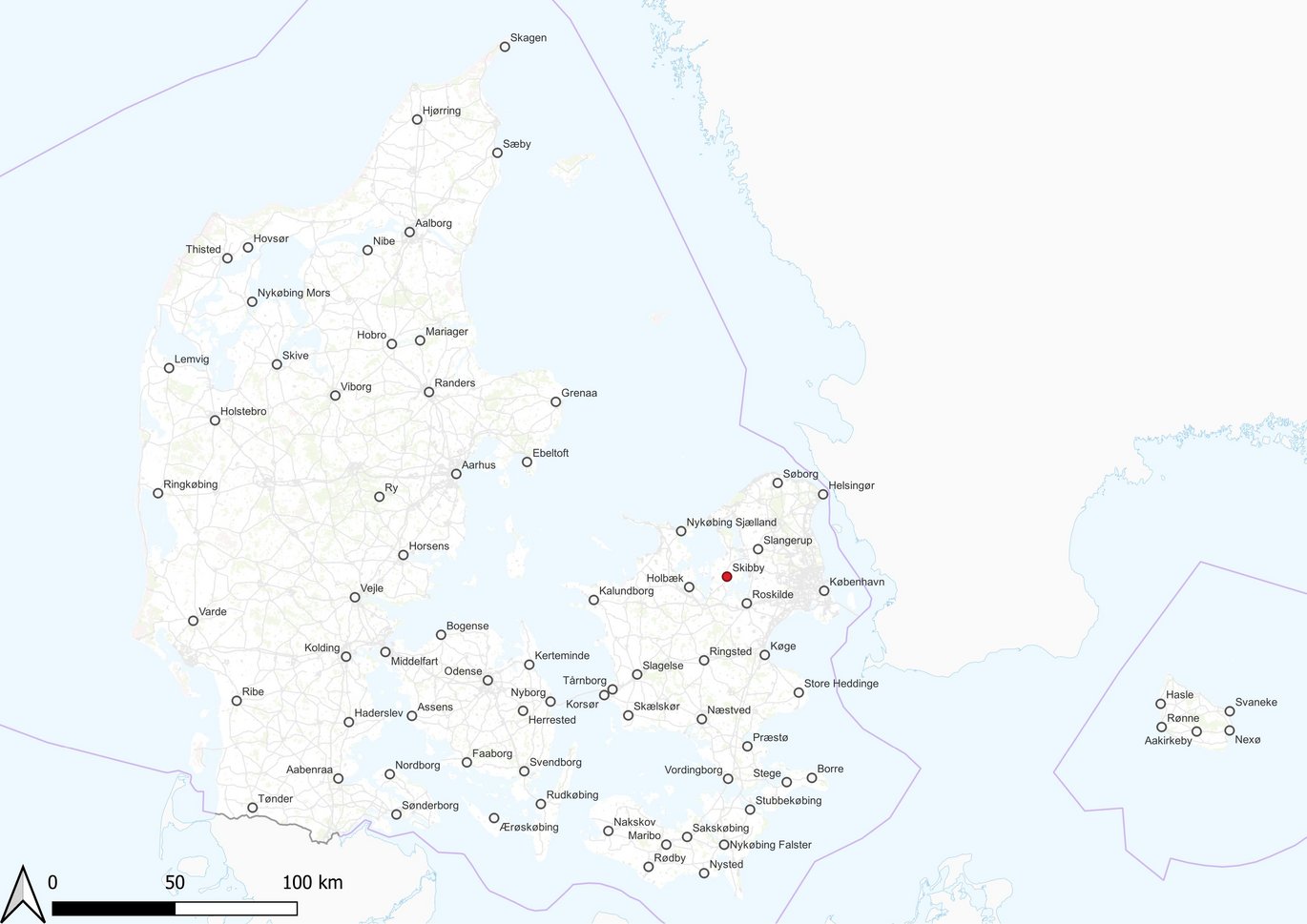Seeing the big picture of small medieval towns
A new project is bringing together all of the existing information about medieval market towns in Denmark.

When you walk down the road at Skibby today, it is hard to imagine that this was once a thriving medieval market. This centre, which dates back to around AD 1200, is one of 74 Danish medieval market towns; all of them are now being documented by the ‘Byarkæologisk Atlas’ project at UrbNet.
While the vast majority of these towns are still thriving modern towns today, some disappeared after 1536 or even earlier. The main reason for this was e.g. changes to market placing or transportation routes.
This brings us back to Skibby, which lies between Isefjorden and Roskilde Fjord on the Honsherred peninsula. Although the medieval town has long been known from written sources, it was only in 2013 that archaeological evidence for its early years was secured. Even though the excavation was small, the information gained from it was important. The excavation revealed a few random postholes and a couple of pits. In one of the pits lay a medieval brick with mortar still clinging to it and a few shards of window glass. Such finds are uncommon in rural contexts (Ulriksen 2014). This was the first indication of the medieval town, making Roskilde Museum more aware of the chances of finding medieval remains even in rural areas. Further excavations carried out in 2021 successfully unearthed even more remains of the medieval town.
This illustrates the importance of not overlooking the small and, in the case of Skibby, almost forgotten medieval towns. The mapping work we are currently working on at UrbNet will provide an up-to-date description of both the well-published towns and this lesser known one.
Literature:
Ulriksen, J. (2014). Den flygtige købstad—Skibby i middelalderen. ROMU, 2013, 27–42.
